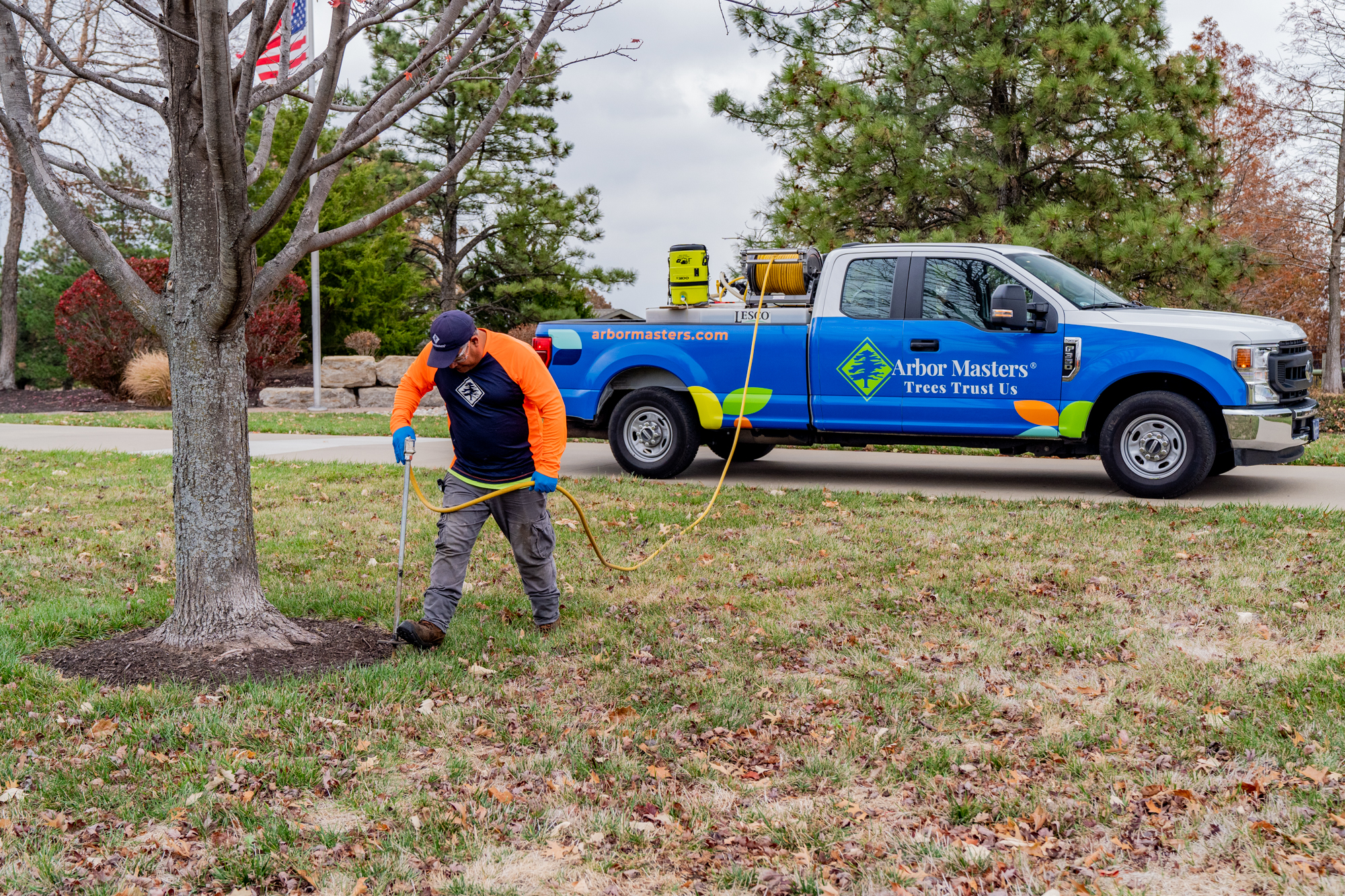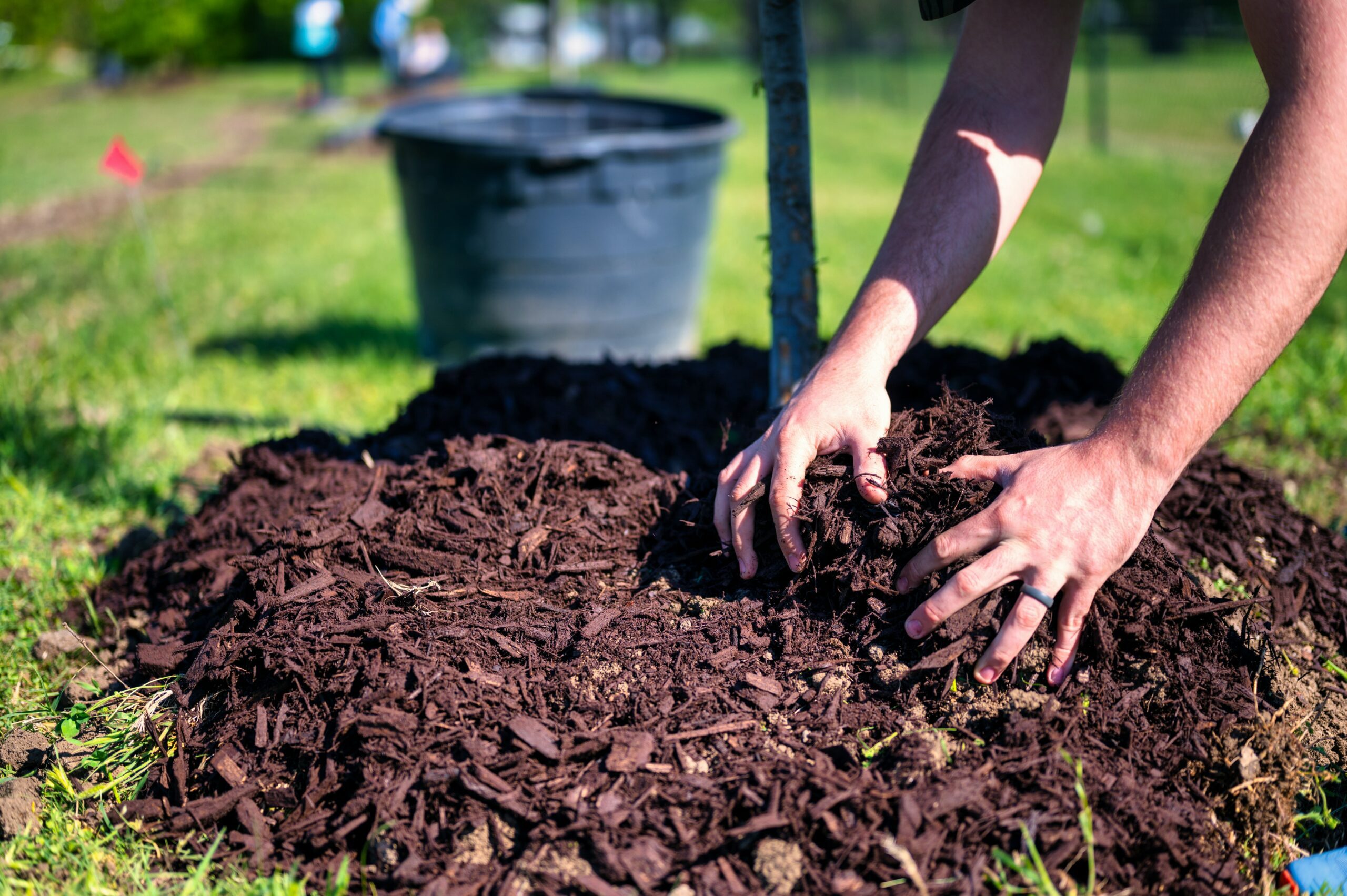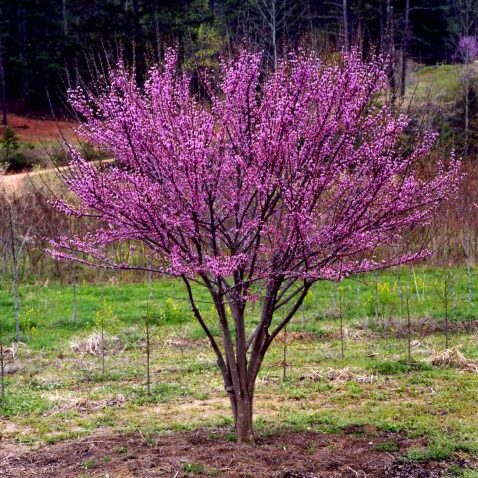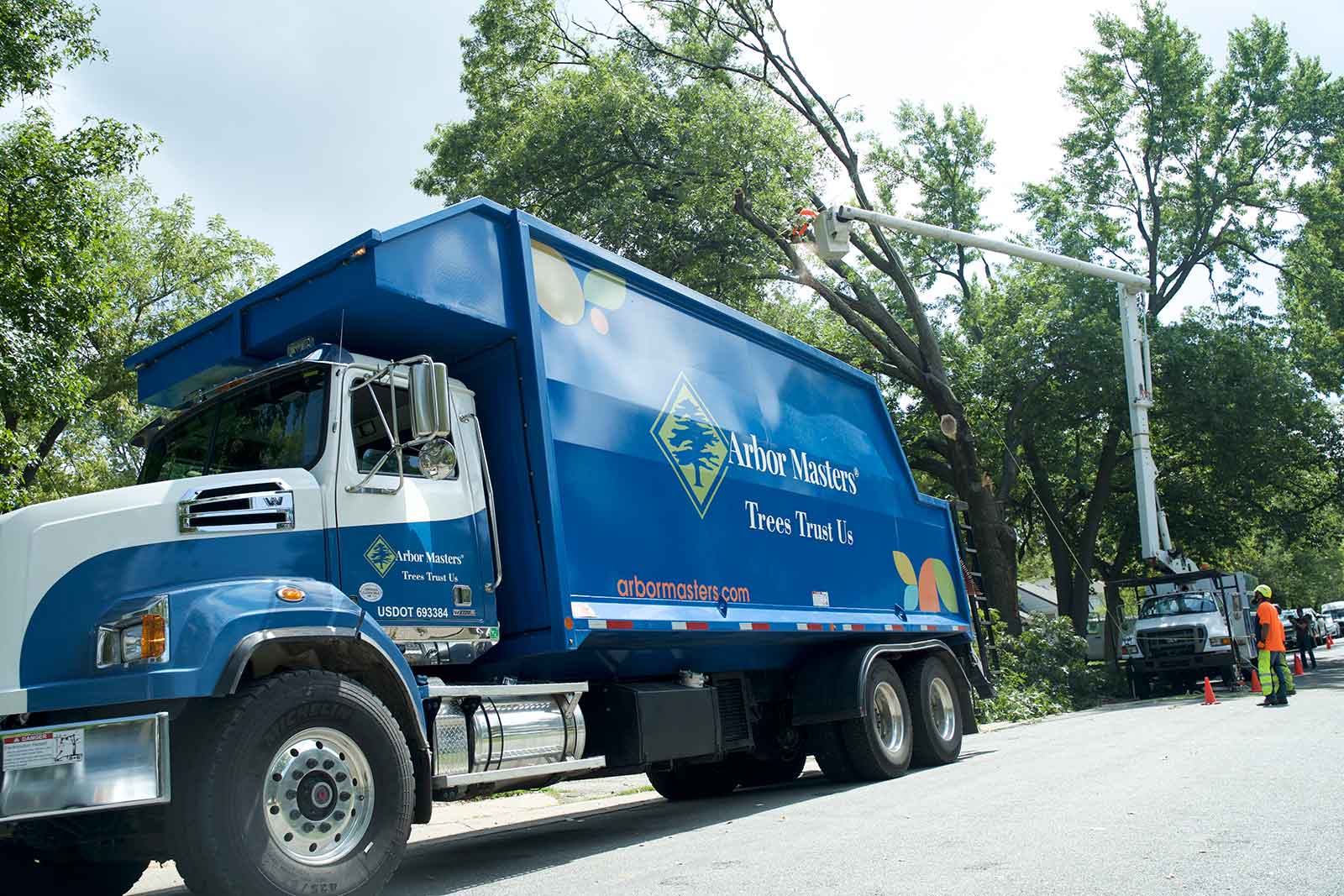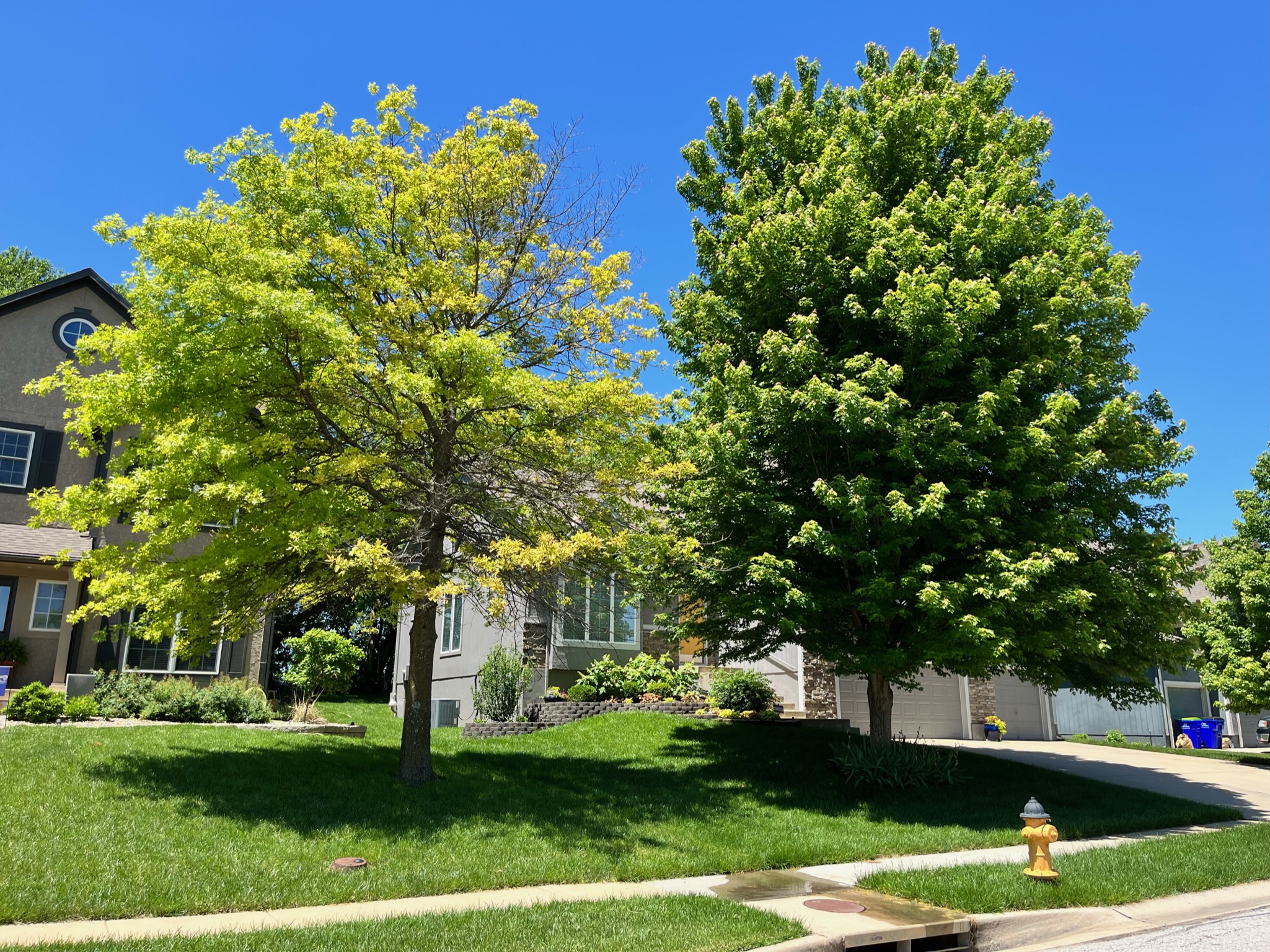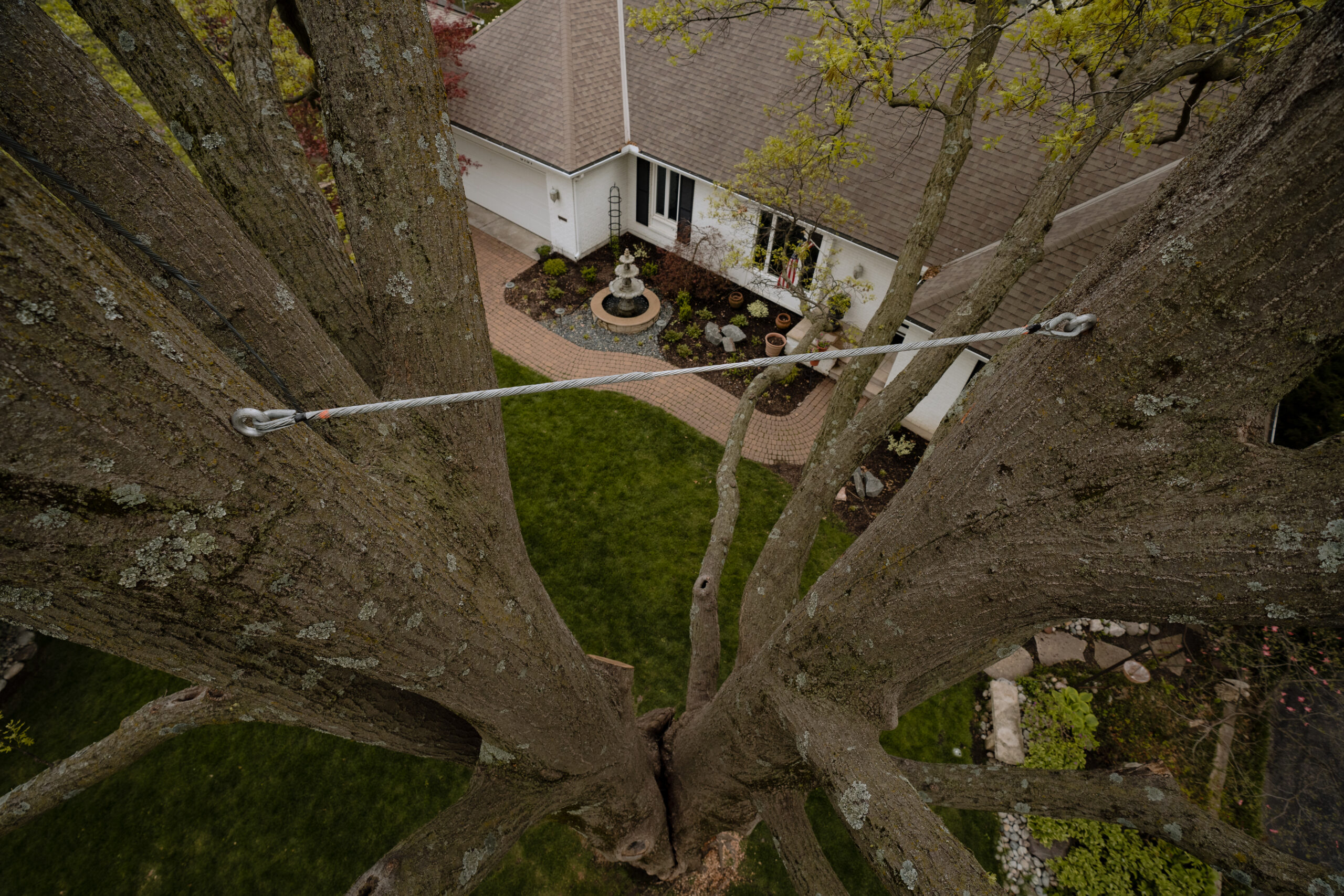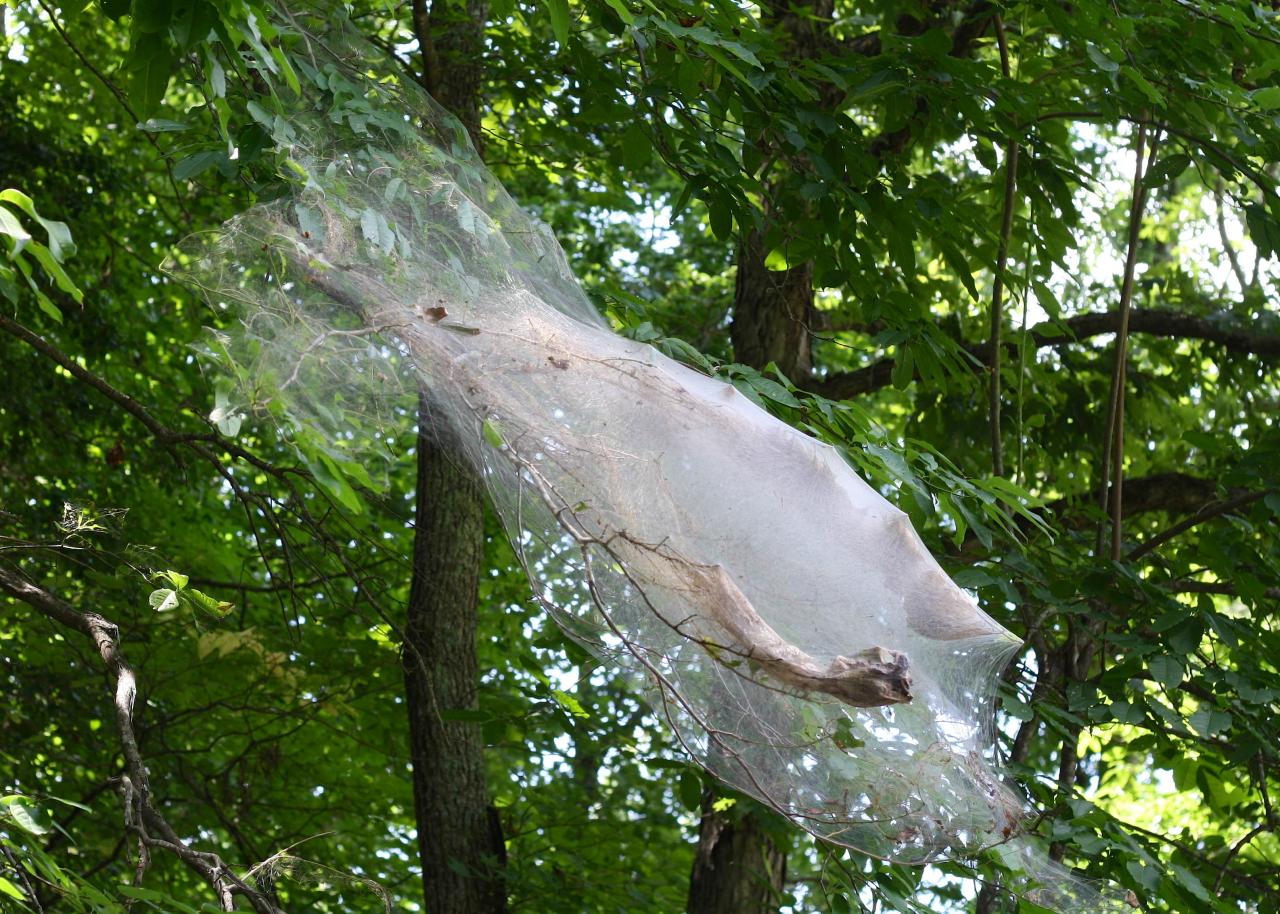What are Spider Mites?
Like many other pests, Spider Mites are small arachnids that eat through your trees and plants and can cause serious damage. These tiny pests are common all over the United States. Because they are so small, they can often be difficult to find before it’s too late to save your plants. At Arbor Masters, we specialize in comprehensive plant care. We teach our clients how to look out for potential pest like spider mites in their own front yard.
Spider Mite Basics
Where Do You Find Spider Mites?
Spider mites thrive in warm, dry conditions. They can be found on the trunk and branches of trees and other plants, as well as around fence lines or garden edges where spider webs may be present. Often, spider mites create webs and are found in groups of more than 100 at a time.
What do Spider Mites Look Like?
To the naked eye, Spider mites look like little brown dots. Spider mites are very small, only about 1/50th of an inch. When examined through a magnifying lens, they are usually yellow, reddish-brown or green in color, and have eight legs. They also have a central body with 8 spider-like legs extending in all directions.
A good way to spot spider mites is by looking for spider webbing or tiny brown dots on the leaves of your trees. You may also see dust-like substances around the trunk or branches which is an indication of spider mite activity.
Our Arborists will tell homeowners a sure way to determine if they have spider mites is to hold a piece of white paper under the suspect leaf and flick the leaf. If tiny brownish-red dots appear on the paper, you probably have spider mites.
Where do Spider Mites Come From?
Spider mites generally thrive in warm, dry conditions and can move quickly indoors and from plant to plant because they reproduce so quickly. Spider mites are usually spread by wind and can survive even in severe weather conditions such as flooding and severe winds. Spider mites often travel between neighboring yards or fields, leaving your yard vulnerable to your surrounding neighbors. Because of their ease of travel, it’s important to keep an eye on spider mite activity in those areas as well.
What Do you Do If you Find Spider Mites?
Once you’ve identified spider mites, it’s time to take action! Contact your local arborist for a full evaluation of your spider mite infestation before you try to alleviate the problem yourself. At Arbor Masters, our specially trained arborists examine trees for pests and disease every day. To get a quote for your spider mite inspection and treatment plan, contact us today.
Our arborists look for locations on your tree where mites have fed. At these locations, the dead plant cells create a white or yellow spotting, indicating pest activity. While our arborists are specially trained in treating your trees, it is also important to keep a close watch on any pest activity, as they can spread quickly if not treated.
What is the Spider Mite’s Life Cycle?
The spider mite life cycle includes five major stages. Adults lay eggs that produce larva when they hatch. As the larvae continue to develop, they are classified in two nymphal stages known as protonymphs and deutonymphs. When they complete their development, they reach the adult stage until death.
In warmer parts of the country, spider mites may feed and reproduce all year when there are still green leaves available during the winter. In colder areas spider mites spend the winter under rough bark scales and in ground litter and trash. When the spring weather brings new green leaf growth, they begin feeding and laying eggs. Spider mites reproduce rapidly in hot weather and hatch new mites from June through September. If conditions are favorable, new spider mite generations can grow to be adults in less than a week according to the University of California Department of Agriculture and National Resources.
What to Do if You Find Spider Mites?
 How to Kill Spider Mites?
How to Kill Spider Mites?
The best way to eliminate spider mites is by using a combination of physical and chemical control methods. Physical control measures, such as pruning away infected plant material or spraying water on the affected parts of the tree, can help reduce spider mite populations. Chemical insecticides should be used as a last resort and only when needed; some spider mite species are resistant to certain chemicals, so make sure you choose one that works for your particular problem. Before applying any insecticide, consult your local arborist to ensure the health and safety of your trees and surrounding plants.
- We want to stress that we want to prevent infestations and health issues by working on the vigor of the tree with a plant health care fertilization program. A health tree or shrub is less likely to be infected by insects.
How to Prevent Spider Mites?
The best way to protect your tree from spider mites is to keep it healthy and properly maintained. This means watering and fertilizing regularly, paying attention to the branches and leaves for signs of spider mite infestation, and pruning away any diseased or damaged limbs. In addition, you can also spray the tree with insecticide preventively in order to reduce the chances of spider mites setting up shop in your tree. Finally, make sure that any pests you see on your tree are promptly removed before they have a chance to spread.
At Arbor Masters, we practice comprehensive plant care. From fertilization to pest control and remediation, we are here to keep your trees in tip-top-shape. Contact us today to get a quote on your unique holists plant care services.


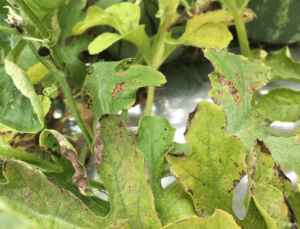
 How to Kill Spider Mites?
How to Kill Spider Mites?
